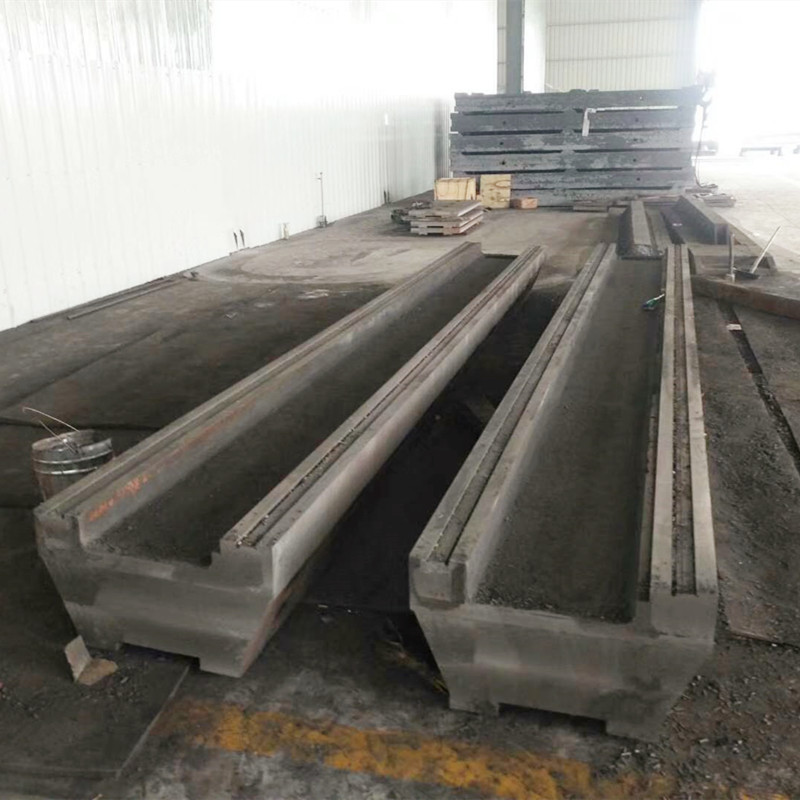ኅዳር . 27, 2024 17:47 Back to list
Flanged Gate Valve Design and Applications in Industrial Systems
Understanding Flanged Gate Valves Functionality, Design, and Applications
Flanged gate valves are essential components in various industrial and municipal applications, primarily used for on-off flow control in pipelines. Their design allows for minimal pressure drop when the valve is fully open and provides a tight seal when closed, making them an ideal choice for systems requiring reliable isolation.
Design Features of Flanged Gate Valves
Flanged gate valves derive their name from the flange, which is a projecting flat rim or an edge that is used to connect the valve to pipes. This design facilitates easy installation and removal, especially in system maintenance and repair situations. The basic structure of a flanged gate valve includes a body, a gate, a bonnet, and two flanges at either end.
1. Body This is the main part of the valve that houses all internal components. It is typically made from materials such as cast iron, carbon steel, or stainless steel, depending on the application requirements, including pressure, temperature, and the type of fluid being controlled.
2. Gate The gate is the component that opens or closes the flow path. It can be made from various materials to withstand the specific environmental conditions of its application. The gate can be rising or non-rising, indicating whether the valve stem and gate rise above the valve body when the valve is opened.
3. Bonnet The bonnet covers the top of the valve body and contains the stem mechanism that operates the gate. The connection between the bonnet and the body must be leak-proof.
4. Flanges Flanges on each end of the valve allow it to be bolted directly to the pipe flanges. They come in various standards such as ANSI, ASME, and DIN, facilitating compatibility with different pipe systems and ensuring a secure connection.
Functionality
Flanged gate valves operate on a simple mechanism. When the handwheel or actuator is turned, the stem moves the gate up or down within the valve body to control the flow of the media—whether it is water, oil, gas, or steam. When the gate is fully raised, the flow is unrestricted; when fully lowered, the flow is blocked, creating a seal that prevents leakage.
One of the key advantages of flanged gate valves is their ability to achieve a very tight shut-off, making them suitable for systems that require isolation between segments of a pipeline. Despite being effective for on-off operations, flanged gate valves are not ideal for throttling purposes, as partially opened gates can lead to turbulence and erosion over time.
flanged gate valve

Applications
Flanged gate valves are widely used in various sectors, including
- Water Supply Systems They are used to manage flow in municipal water supply pipes and treatment facilities. - Oil and Gas Flanged gate valves control flow in pipelines transporting crude oil, natural gas, and refined products. - Chemical Processing In chemical plants, these valves handle aggressive media and maintain safe operating conditions. - Power Generation In power plants, flanged gate valves control steam and water flows, crucial for efficient energy production.
Advantages
1. Durability Flanged gate valves are designed to withstand high pressures and temperatures, thus providing longevity under demanding conditions.
2. Low Flow Resistance When fully opened, they provide a straight flow path, resulting in minimal resistance and pressure loss.
3. Versatility They can be used with a wide range of media, from water to aggressive chemicals.
4. Ease of Maintenance The flanged design allows for quick disconnection and reinstallation, making maintenance and repairs simpler compared to welded or threaded fittings.
Conclusion
Flanged gate valves play a crucial role in fluid handling systems across a multitude of industries. Their robust design, combined with the ability to provide tight seals and minimal flow resistance, makes them an optimal choice for on-off applications. As industries continue to evolve and demand more efficient and effective control mechanisms, the significance of flanged gate valves is set to grow, maintaining their status as a staple in fluid management systems. Understanding their design, functionality, and application potential is essential for engineers and technicians to ensure the safe and efficient operation of systems relying on these critical components.
-
Why Metric Trapezoidal Thread is Ideal for Precision Motion ControlNewsAug.05,2025
-
The Unique Properties of a Block of Granite for Industrial UseNewsAug.05,2025
-
The Role of Flanged Y Strainers in Preventing Pipeline ClogsNewsAug.05,2025
-
The Importance of Regular Calibration for Master Ring GagesNewsAug.05,2025
-
How a Cast Iron Surface Table Enhances Accuracy in ManufacturingNewsAug.05,2025
-
Comparing Different Check Valve Types for Optimal Flow ControlNewsAug.05,2025
Related PRODUCTS









